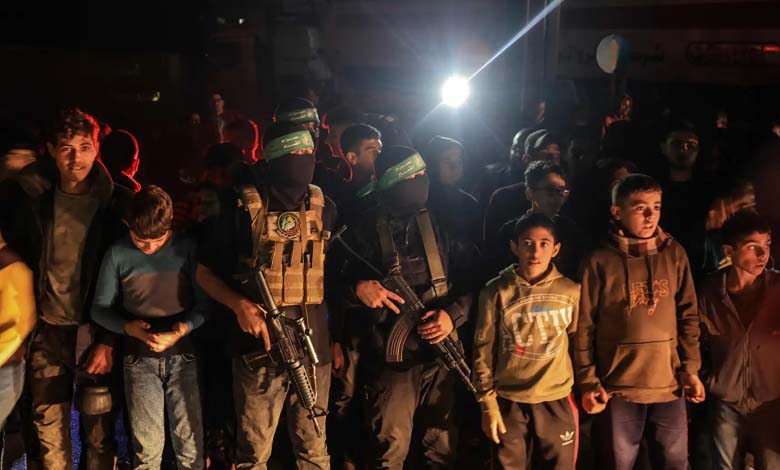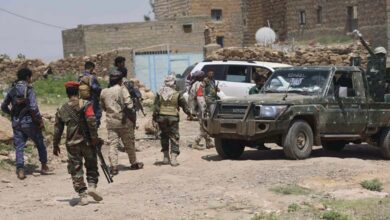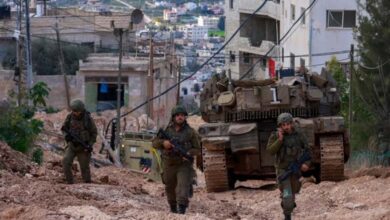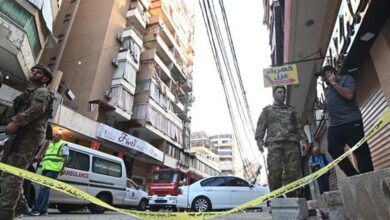A Complex and Secret Operation: Behind the Scenes and Timing of the Hostage Exchange in Gaza

Israel and Hamas are preparing to implement one of the most sensitive phases of the Gaza agreement, as the process of releasing Israeli hostages held in the enclave is set to begin.
According to matching Israeli and Palestinian sources, the operation is scheduled for Monday morning under tight security arrangements, with direct supervision from the International Committee of the Red Cross and international mediators.
-
Hamas and the Muslim Brotherhood: A Persistent Security Threat to Europe
-
Curfew and Clashes: Hamas Attacks the al‑Majayda Family in Gaza, Deepening Residents’ Suffering
Israeli Preparations and Intelligence Assessments
Gal Hirsch, Israel’s Coordinator for Prisoners and Missing Persons Affairs, said during a meeting with the families of hostages, as reported by Channel 12, that “the release operation is expected to begin Monday morning.”
He noted, however, that security agencies were also preparing for the possibility of moving the operation forward to Sunday night, “depending on field conditions and coordination with mediators.”
Hirsch explained that the process “is extensive and requires precise logistical and security coordination.” The Israeli government will be informed of the final timing only a few hours before execution to ensure secrecy and safety.
-
Gaza Residents Back Trump’s Plan and Shout at Hamas: Enough
-
Trump’s Deadline for Hamas Nears Its End… Gaza’s Displaced Caught Between Hardship and the Inability to Escape
Confirmation from Hamas
A Hamas source confirmed to AFP that the release will begin Monday morning, adding that “all technical and humanitarian preparations are being finalized as agreed in Cairo.”
The first stage of the deal reportedly includes the release of 20 living hostages in exchange for Israel freeing 250 prisoners serving life sentences and 1,700 detainees held in Gaza since October 7, 2023.
With the return of these 20 hostages, Israel will have recovered all citizens captured since October 7, under the plan unveiled early Thursday by U.S. President Donald Trump.
-
Recruitment, Tunnels, and Surprises: Israeli Intelligence Unveils Hamas’s Plans
-
Refusal to Apologize for the Cost of War: Senior Hamas Official Distances Himself from Gaza Civilians’ Suffering
Israel’s Public Broadcasting Corporation reported that the Prison Service had begun transferring Palestinian prisoners slated for release to Ketziot and Ofer prisons. Those being released to Gaza or deported abroad through Rafah Crossing were moved to Ketziot, while those sent to the West Bank were taken to Ofer Prison, west of Ramallah.
Israeli authorities have prohibited any public celebrations marking the release.
Inside Gaza: The Transfer Process
According to the plan, the hostages will be taken to a designated point within Gaza, where six to eight vehicles from the International Committee of the Red Cross, along with an emergency-equipped ambulance, will be waiting.
-
Quarter of a million displaced from Gaza City as Israel vows to defeat Hamas
-
Gaza Truce: Trump Anticipates a Deal Soon, Hamas Responds
Under one scenario, hostages will depart simultaneously from different locations to reach a single meeting point, in accordance with both parties’ agreement to conduct a coordinated handover.
The remains of deceased hostages will be transferred in a specially prepared Red Cross vehicle for transport to the agreed handover site with the Israeli army.
Security Measures and International Oversight
Israeli reports indicate that strict field measures will accompany the operation, including lockdowns in certain Gaza areas to prevent digging or construction, amid fears that hostage remains may still lie under the rubble.
-
The last warning from Katz and Trump to Hamas: release the hostages or Gaza will be destroyed
-
Hamas confirms the death of Mohammed al-Sinwar, al-Haddad expected to succeed him
A joint mechanism including Israel, Qatar, Egypt, and the United States will oversee the process to ensure compliance with the agreement and protection of sensitive sites.
Egyptian Delegation and Red Cross Role
An Egyptian delegation accompanied by ICRC teams will visit Ofer and Ketziot prisons to verify the identities of Palestinian prisoners to be released and confirm that the names match the lists submitted by Hamas.
-
Intensive Mediation Efforts… Details of the Last Chance Negotiations Between Israel and Hamas
-
France Clarifies: Our Recognition of Palestine Shows Hamas Is Wrong
Military Ceremonies and Identification Process
Israeli sources said that families had received intelligence updates about their relatives’ locations inside Gaza. The remains recovered Monday morning will be taken, following a brief military ceremony, to the Abu Kabir Forensic Institute for identification — a process that may take up to 48 hours for complex cases.
A Media-Free Operation
Arab sources reported that the release of living hostages will conclude by 6 a.m. Monday “without media coverage or public celebrations,” to ensure safety and confidentiality in accordance with the humanitarian principles forming the core of the first stage of the U.S. peace plan for Gaza.
-
What Is the Fate of the Gaza Truce? Hamas Responds to Witkoff
-
Hamas’ Intransigence vs. Washington’s Optimism: U.S. Official Weighs Gaza Deal Prospects
This operation marks the first concrete step in a broader American plan that includes an immediate ceasefire, the exchange of hostages and prisoners, and the entry of humanitarian aid into Gaza — paving the way for reconstruction and the establishment of a transitional civilian authority under international supervision.
The Israeli army stated that “the Personnel Directorate, in cooperation with the Technology and Logistics Division, has completed preparations to receive the released hostages.”
-
The Islamic Action Front Party Under Pressure: Will It Sever Ties with the Muslim Brotherhood and Hamas?
-
Trump Urges Hamas to Accept 60-Day Truce After Israel Agrees to Terms
“These preparations were carried out with the Ministry of Health and several government and security agencies to ensure a professional, sensitive, and comprehensive reception for the returnees and their families,” the statement said.
The initial reception compound has been expanded to include private rooms, personalized services, and full medical support. It will be the site of the first emotional reunions between the freed hostages and their families.
Medical teams and mental health officers have been mobilized to receive the returnees, while hospitals have been placed on full alert to guarantee complete and dignified care for those coming home.











